When you implement agile outsourcing it might appear incompatible to merge agile processes and outsourcing. The agile techniques, with its emphasis on collaboration, frequently contrasts with the traditional outsourcing paradigm, which necessitates contracting with providers whose employees are educated primarily to follow direction rather than collaborate.
By mixing in-house and vendor teams you can still implement agile methodology while continuing to outsource and have benefits such as lower fixed costs and increased access to desirable skill sets. The key to success with agile outsourcing is to get a partner that can handle the dynamics of validated learning smoothly with a solid software development process, both on the software design and engineering side.
1. Guide your product vision with validated learning
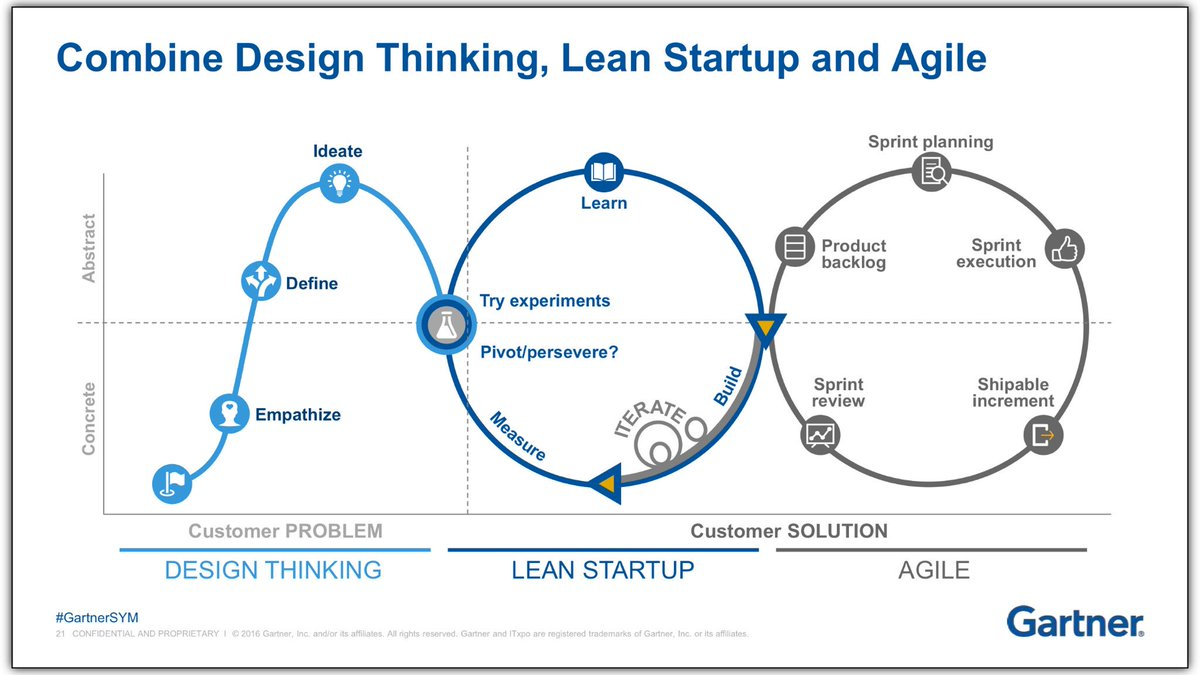
In the beginning, you should focus on defining the goals, business value, and success criteria of your project. By doing this you gain a clear image of your intentions and ideal endpoint. You need straightforward goals to be able to create a realistic plan to accomplish them and achieve client’s long term success.
Our advice for creating a solid plan for your project is to look at the bigger picture. These next questions can help you do that:
- Are you addressing a specific problem? Can you define the problem?
- What is the end goal?
- Which team members will be essential for this project?
After you finished outlining your goals you can follow these steps to plan the delivery:
- Agree on the necessary features
- Establish the amount of work your team needs to complete for every sprint
- Include interactions and stories until you reach maximum capacity
- Show your plan and gather opinions and feedback on it
Learning is the key ingredient for a successful agile software development project. You have to adopt hypothesis-driven experimentation, iterative product releases, and validated learning.
If you aim to improve your software development process, you need to take into account learning, especially when you bring the lean aspect into it. Build vision pivots. While software developers are not a fan of them, they can’t be missing if you want a successful project. In the case of wrong-produced hypotheses, they can be changed immediately.
2. Identify all stakeholders (and involve them in the process)
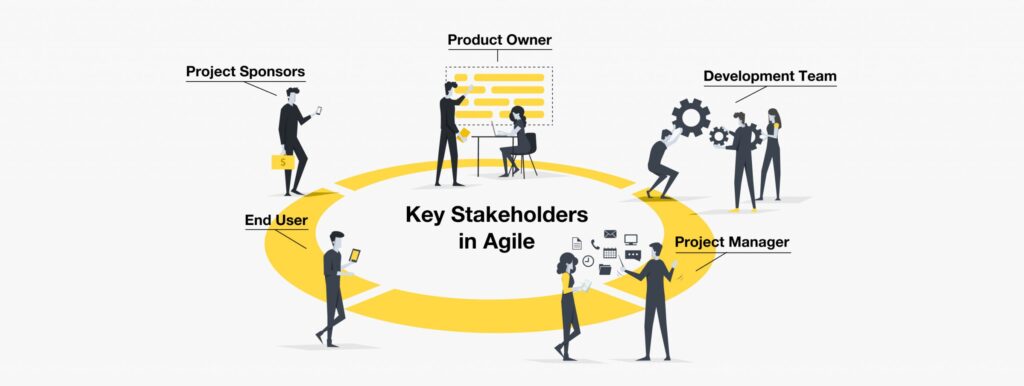
Every project has multiple stakeholders, and you can’t expect all of them to be participating in every detail of the project. When we say project stakeholders:
- company leadership
- end-users
- customers
Outsourced projects can differ in nature, so sometimes, you can expect stakeholders outside organizations or even individuals that will use or be directly affected by the final product. Let’s see why you have to involve stakeholders in the agile development process:
- stakeholders can provide valuable expertise regarding processes, historical information, or even industry insight.
- by engaging your stakeholders, you will reduce risks and uncover them faster
- early users enable your team to evaluate the project outcomes sooner
- engaging and involving stakeholders regularly from the beginning will lead to a higher chance of a positive project conclusion
3. Manage project scope, budget, and timeline in each iteration
Scope, budget, and timeline are at the heart of project management. We highly recommended to start agile software development project with:
1. Approximate estimations based on your goals
You will obtain an initial figure that will represent the total estimated cost for the project. This estimation is built on information from the sponsor regarding the expectations and requirements for the product. Here we have to include target users, purpose, and what issue or problem it is intended to solve.
2. Product discovery workshop
This event should mark the start of every project. In this event, you have to gather the whole development team, including scrum masters and project owners, and review the business idea and the details of the future product. By doing this, the team can better identify the required work and budget.
The main discussion points in these workshops are:
- The goal of the product and the business idea behind it
- User stories
- The product’s maturity
- Possible solutions
- Risks associated with the project
- Choices regarding technology
The agile approach makes budget management is a shared responsibility. The Product Owner manages the backlog, the sponsor agrees on the budget, and the team delivers the backlog and spends or manages the sprint budget within agreed constraints.
The final step consists of planning a timeline of the stages you will go throughout the project. You have to break down the tasks that must be completed and connect them to your budget and team to obtain an initial estimate of the project timeline.
Even after completing all these steps, you will still be confronted with a high uncertainty level, which is typical for software development. We advise you to allocate extra time to complete the tasks or bring a project manager to guarantee that project progresses fast enough to meet deadlines.
In agile model, the scope, budget, and timeline are under constant pressure from new discoveries from users’ and customers’ feedback. That’s why it’s very important to establish a product discovery team. Rember that your goal is working software!
4. Establish a product discovery team
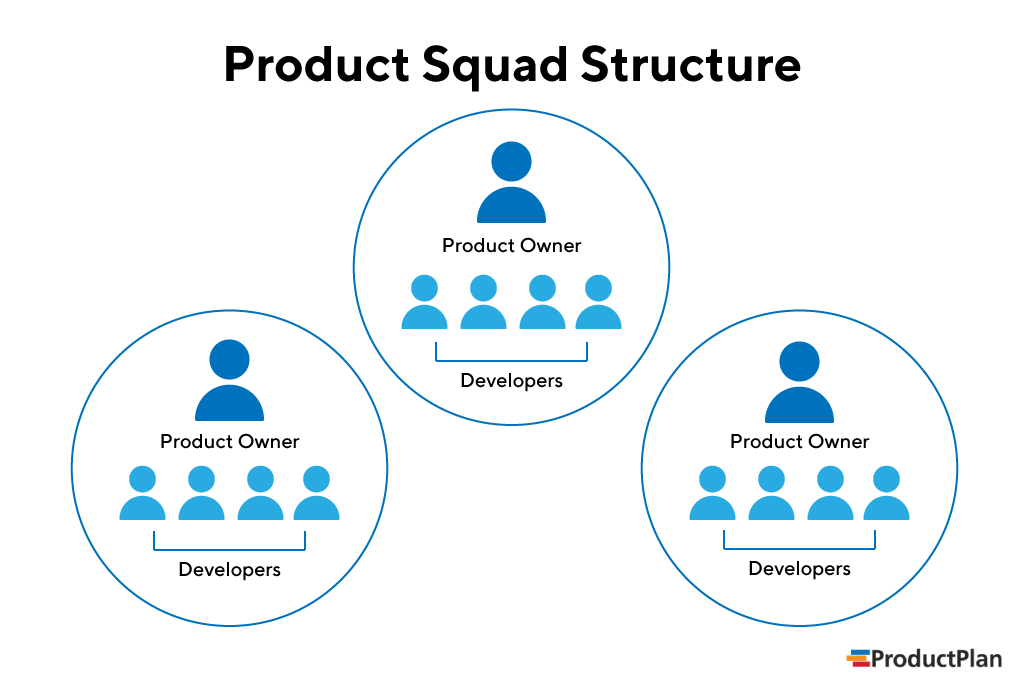
Proper, ongoing requirements analysis and planning are critical to software development. As a result, changing prediction techniques is difficult because the development process follows the plan to a tee.
Agile software development, on the other hand, necessitates the capacity to make changes quickly. At any point during the development process, changes can be made. This requires you to be always ready to act based on new deliverables and quickly update design and requirements.
This design team needs to be constantly validating project deliverables. The reason for this is simple: in case something goes wrong, they can quickly pinpoint where it went wrong.
Sometimes change is inevitable so this means your team needs to plan a process to manage scope change, so the project doesn’t suffer later. Your project needs a strong foundation to prevent any unplanned changes in project scope, timeline, or budget.
5. Bring Experienced Engineering Leader
Building an engineering team starts with a high-performing leader, who brings in technical capabilities and chooses necessary technology talent to accomplish the work. A strong leader can advise clients, managed remote teams, and protects you from poor team coordination, and quality assurance issues.
Finding the right Engineering Leader with both technology competency and who can advice customer in agile projects can prove to be a real challenge. But you do have the option of hiring somebody with experience in your domain, and with many projects under his belt is essential.
Outsourcing software development services will spare you from doing the effort of searching, interviewing and hiring, and provide you with an ideal team picked according to your needs.
At SoftKraft we are true software partner and we have dedicated development tracks to ensure talent pool for Engineering Leader position. Our Engineering Leaders not only to handle the technology, and team, but also work towards client’s long term success on all levels. For example, they are capable of joining your design team and contributing to the product development process.
6. Build high performing engineering team
We believe that dedication is contagious: if team members are proactive and driven, and the manager serves as a role model, other team members are more inclined to behave similarly. The best way to build dedication is to equip the team and allow the team to make more decisions. I.e. allow them to set timeframes and conduct team rituals. Engineering Leader must drive performance in a concise manner that is guided by your vision and business goals.
Many attempts have been made over the years to measure the performance of software teams. The issue is that most models have two major flaws: they focus on outputs rather than outcomes. They are more concerned with individual performance than with team or company performance.
In practice, a high performing engineering team ultimate metric is change fail percentage, which is the proportion of changes to production that result in a hotfix, rollback, or period of degraded performance. This includes, of course, software releases and configuration changes, as both are common causes of software failure.
This metric is the Lean equivalent of ‘percent complete and accurate,’ commonly used in a generic product delivery process. This is common sense, and it is consistent with our understanding of manufacturing companies: you don’t want to increase factory production throughput at the expense of quality control.
With high pressure on teams to perform, the failure percentage is another vital software engineering KPI. The ratio of defects presented in pre-production testing to those making it to production is your defect escape rate. This enables you to assess your team’s software releases’ overall quality regularly.

2022 sparked the AI revolution, 2023 saw it infiltrate the business world, and now, in 2024, we’re at the…
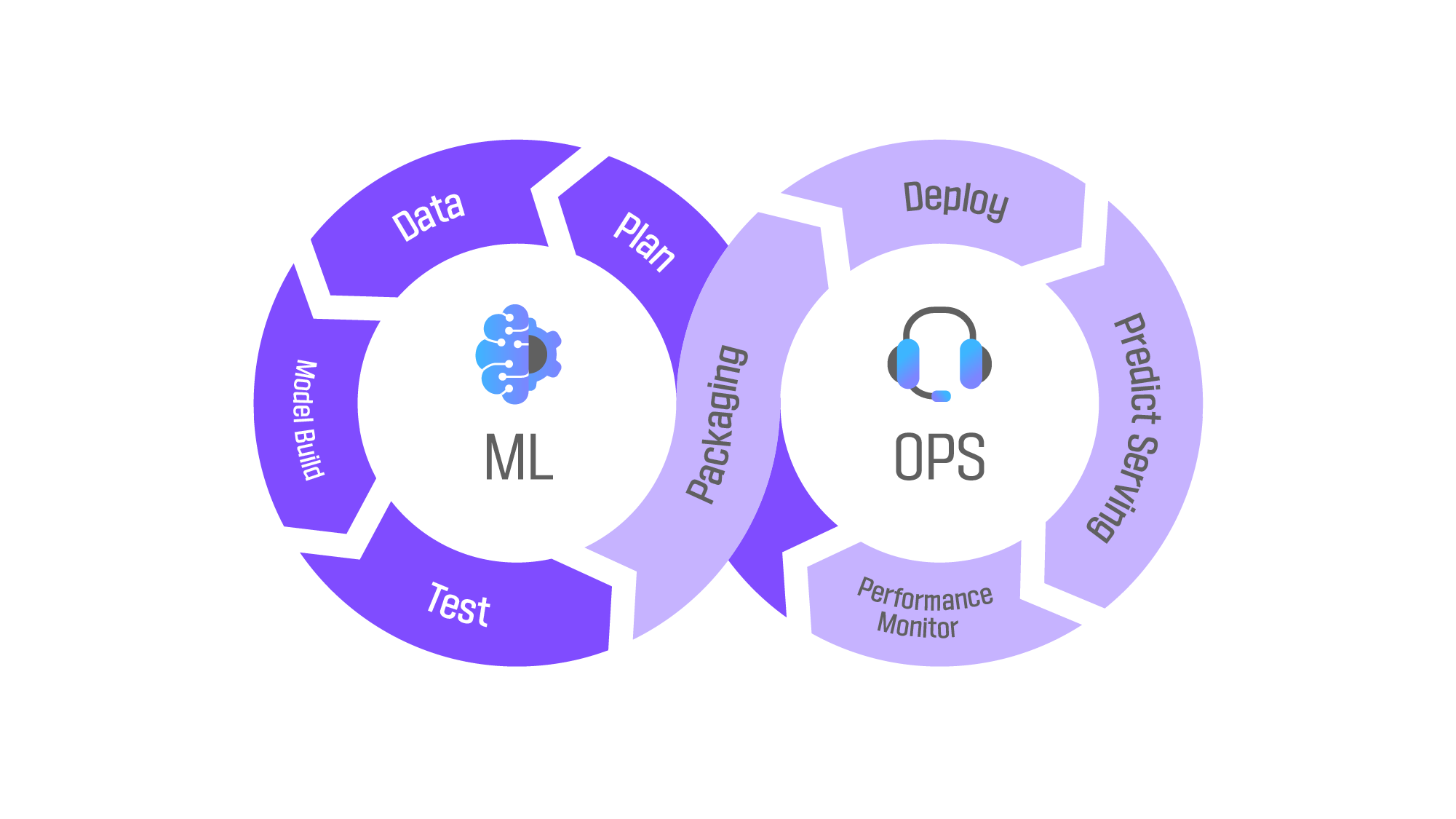
Hey there! Ever wondered what the buzz around MLOps is all about? Let’s break it down! MLOps, short for Machine…

Whisper represents a cutting-edge neural network model meticulously crafted by OpenAI, designed to adeptly tackle the complexities of speech-to-text conversions.…

Software development costs can be assessed through various methodologies, with two prominent approaches standing out: calculating based on module or…
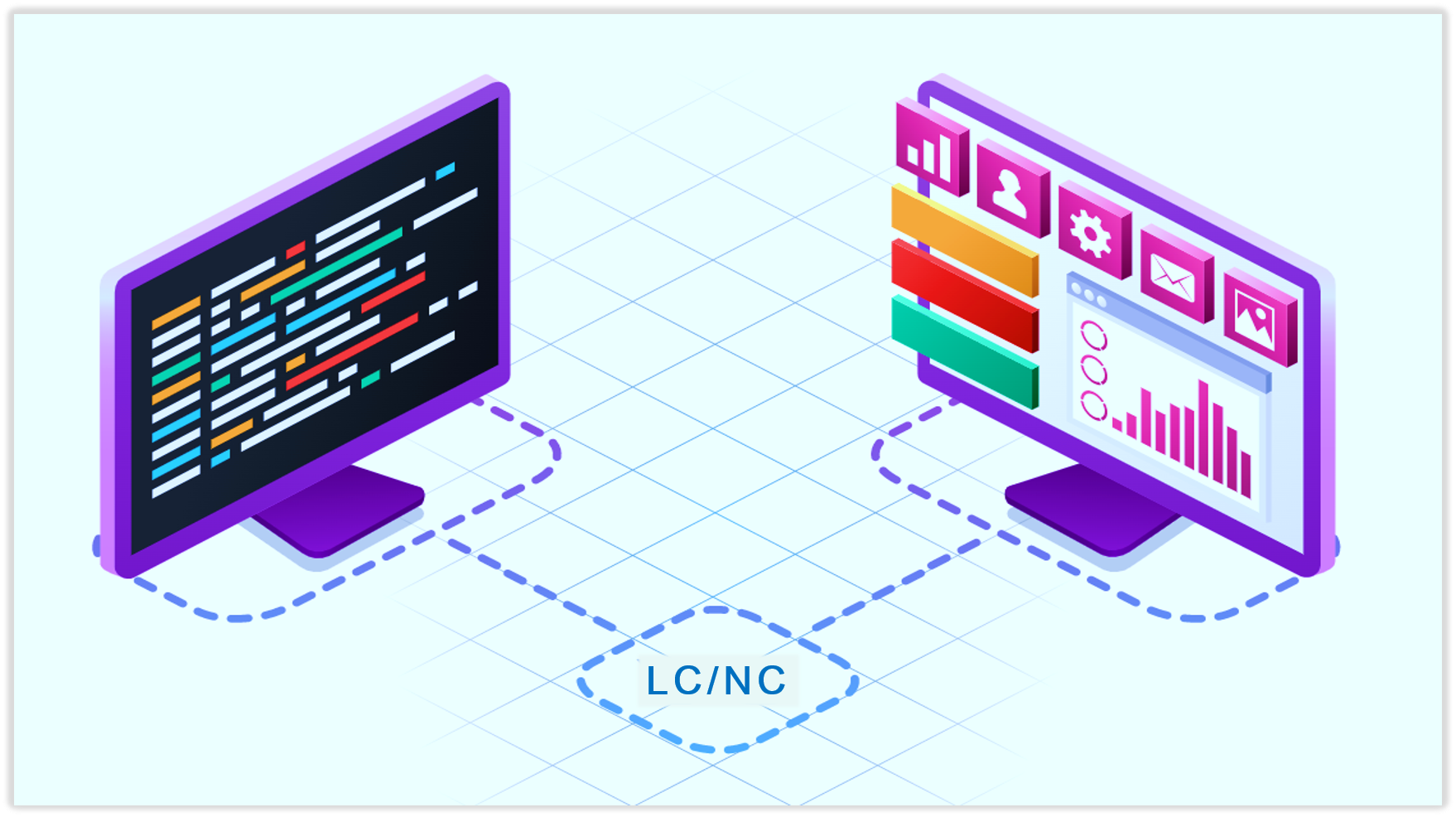
Low-Code/No-Code (LCNC) Application Development: Revolutionizing Business Solutions In the realm of application development, businesses traditionally faced two options: purchasing pre-made…

Are you facing challenges in finding the ideal software development partner for your project? The abundance of options can make…

Outsourcing software development has emerged as a cost-effective solution for numerous businesses, allowing them to optimize expenses without compromising project…

Mojo is a sophisticated predictive modeling technology developed by H2O.ai, the company renowned for its popular open-source machine learning platform,…
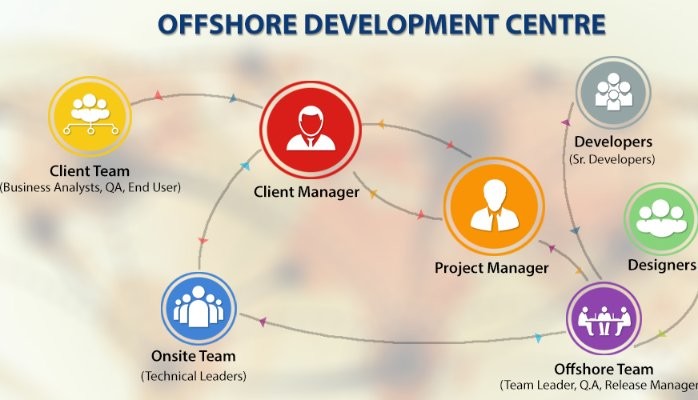
The emergence of remote work has ushered in a transformative employment landscape. A global phenomenon, millions of individuals worldwide have…
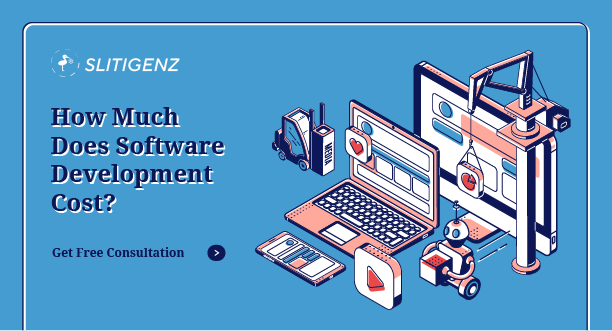
Determining the cost of software development is an essential preliminary step prior to embarking on its construction. It is imperative…
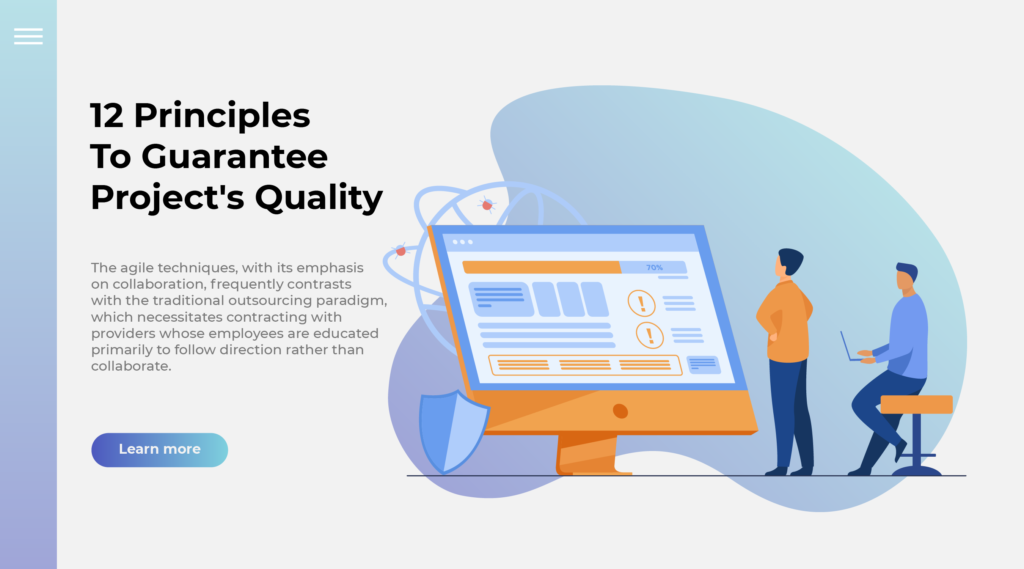
Thank you for your sharing. I am worried that I lack creative ideas. It is your article that makes me full of hope. Thank you. But, I have a question, can you help me?
Your article gave me a lot of inspiration, I hope you can explain your point of view in more detail, because I have some doubts, thank you.
Thanks for paying attention to our blog. Our consultation is free so you can leave your questions here and we will try to answer them asap.
Thank you very much for sharing, I learned a lot from your article. Very cool. Thanks. nimabi
Thanks for paying attention to our blog. Our consultation is free so you can leave your questions here and we will try to answer them asap.
Can you be more specific about the content of your article? After reading it, I still have some doubts. Hope you can help me.
Thanks for paying attention to our blog. Our consultation is free so you can leave your questions here and we will try to answer them asap